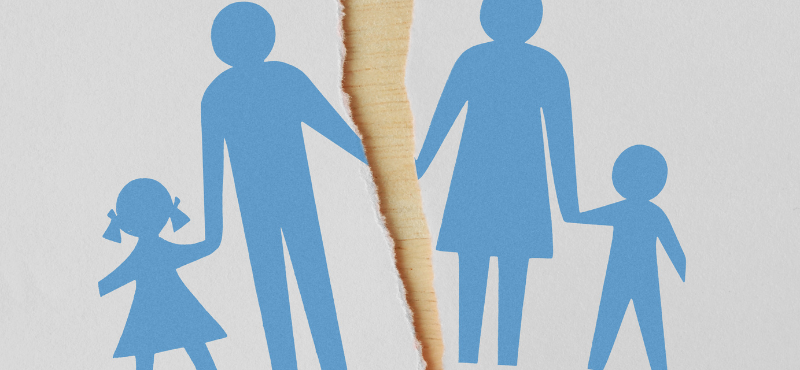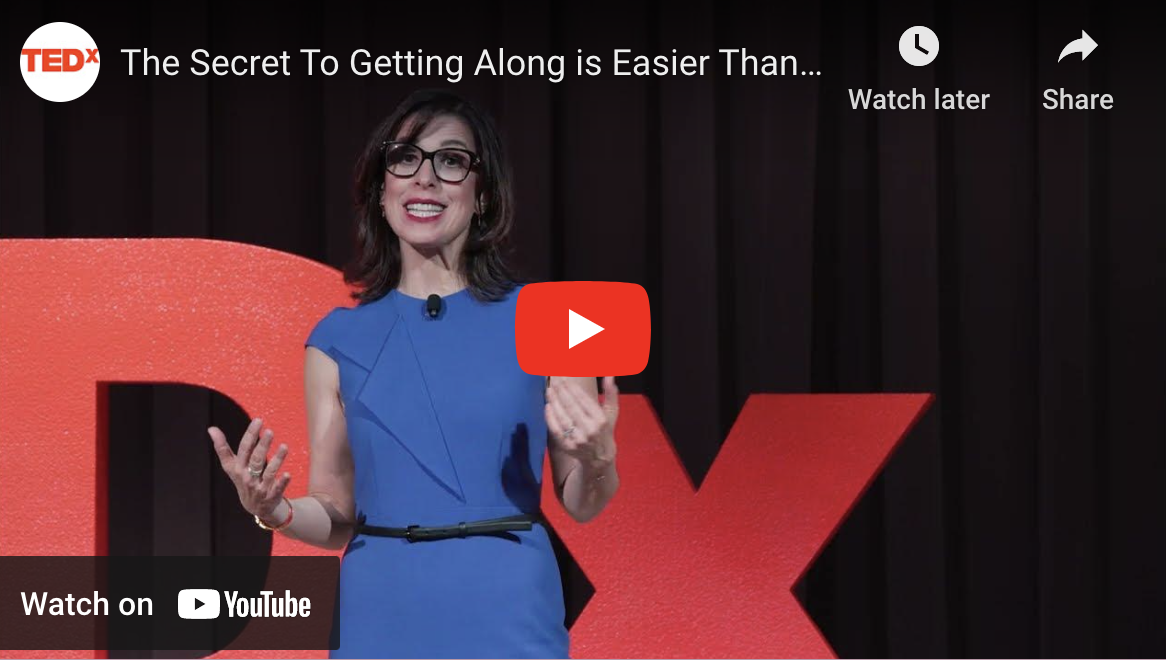3 Kinds of Divorce Statistics You Can Learn From

When a couple decides to divorce, it isn’t uncommon for the spouses to feel alone in their respective journeys.
Separating with someone you had shared a life with (and possibly someone you have children with) is not an easy decision to make, and it is rarely a simple case of signing some documents. Untangling your life from your spouse’s takes work and effort — not just because of the financial and legal aspects, but also because on some level, you also need to put in effort and time to heal.
Sometimes, it can be difficult to move on after your divorce when you don’t have clarity on what happened, and while each family’s circumstances is unique, sometimes certain themes can show up in different marriages. Sometimes, there is some comfort to be had in knowing that others have gone through the same process or challenges as you have, and there are certainly lessons to be learned from others’ experiences.
That is why we’ve put together some divorce statistics: with nearly half of all marriages ending in permanent separation, there is enough data to paint a bigger picture of what common problems couples encounter.
This may be useful for understanding why divorce happens, how common it is, and its impact.
Below are some divorce statistics on how COVID-19 impacted divorces, the cost of filing a divorce, the most popular reasons for divorce, and how divorce affects children.
The Impact of COVID-19 on Divorces
Stress and anxiety have been an inevitable component of any family context during the pandemic. Studies have found that the prolonged lockdowns and self-isolations have only worsened the challenges that couples currently suffer worldwide.
1. Since the pandemic outbreak, families with children have come apart more than ever.
As a result of the pandemic, couples with children have reportedly filed for divorce at a rate of approximately 5% higher in 2021 than in 2020, despite the fact that families with children under 18 tend to divorce less frequently.

2. 7% of newlywed couples have shown that they cannot last even one month of marriage.
Due to the stress and anxiety the pandemic has caused, the newlyweds may have entered a “Phase of Disaster.” People tend to respond poorly in such circumstances, which is one of the reasons why disagreements between couples have occurred and ended in break-ups.
3. Studies show that the marriage rate is at its lowest point in history.
Marriages have decreased by 6-20% in the U.S. due to the lockdown measures, which have had an impact worldwide. More specifically, only 5.1 persons per 1,000 people got married in 2020.
4. Although the U.S. divorce rate is declining, over 600,000 Americans get divorced each year.
The current divorce rate in the U.S. is 2.3 per 1,000 population. According to CDC divorce rates, 2020 is the latest year of available data, with 44 states reporting.
The Cost of Filing a Divorce
Divorce is typically an emotionally and financially draining process. Except that the aftermath will most likely be difficult, the cost of paying for a divorce might leave people in debt, adding extra problems to deal with.
1. This is an $11 billion-a-year industry with an average cost of around $15,000.
The overall cost of getting divorced varies. However, the anticipated cost ranges from $10,000 to $20,000, with an average of $15,000. So, when it comes to filing a petition, the entire process can be pricey.
2. The cost of divorce without lawyers.
If the divorce process develops without employing a full-service attorney, it costs much less. People who handled their divorce without hiring a lawyer spent an average of $925, not including the cost of mediation.

The Most Popular Reasons for Divorce
Married couples are pushed to go through the divorce process for several reasons. So far, the most common causes include the absence of clear communication, lack of respect, abuse, and many others.
1. Cheating is one big reason for divorce.
Studies show that extramarital affairs are responsible for 20-40% of marriages failing and ending in divorce.
2. According to studies, illnesses can be detrimental to a marriage.
A study discovered that divorce rates were 6% higher in relationships where the wife had an illness such as cancer, heart disease, or lung disease. When husbands were in poor health, divorce rates did not rise.
3. 23.5% of divorces are caused by domestic violence.
Almost a quarter of survey respondents reported physical and emotional abuse in their marriages as a critical cause of divorce. Many respondents stated that the abuse progressed over time, with more intense cycles followed by remorse.
4. Financial problems are a significant contributing factor.
According to Forbes, opposing “money styles” might harm a relationship. Conflicts can occur when deciding where your paychecks go if one person is a spender and the other is a saver. When a partner feels the other spends their money foolishly, it increases the probability of divorce by 45%.
5. Lack of commitment separates couples.
Even though some may argue that marriage is the ultimate commitment, 75% of couples indicated a lack of commitment contributed to the breakdown of their marriage.
6. After having a child, 67% of couples report a decrease in marital satisfaction.
Raising children and taking care of them can often lead to many differences. According to a study from the Journal of Family Psychology, 67% of couples saw a decrease in marital satisfaction within the first three years after the birth of a child.
7. Couples who live together before getting married have fewer chances to survive the marriage.
57% of women who did not live with their partner before their first marriage could expect to be married after 20 years. Women who cohabited before getting married have a slightly reduced chance of surviving – 46%.
8. The link between education and divorce.
Women with a four-year college degree have an almost 80% chance of remaining married for over 20 years. However, for women with a high school diploma or less, the share is only 40%.

Statistics About Divorce and Children
There is no doubt that divorce is difficult for everyone involved, but children, in particular, might struggle the most. While divorce may make sense to couples, it can confuse the children. Most of the time, their needs are not met, and they cannot cope with the circumstances healthily.
1. Children experiencing a family break-up in early adolescence are more likely to have problems.
Children whose parents divorced in late childhood and early adolescence, between the ages of 7 and 14, had a 16% increase in emotional problems and an 8% increase in behavioral disorders in the short term.
2. Children of divorced parents are more likely to live in poverty.
Divorce causes family instability for an increasing number of children worldwide. Risk rises typically by a factor of 1.5 to 2. Children of divorced or separated parents are more likely to engage in risky activities, live in poverty, and experience family instability.
3. Divorce causes poor academic performance in children.
According to a study, children of divorced parents had an 8% lower probability of completing high school, a 12% lower likelihood of attending college, and an 11% lower chance of completing college.
Bottom Line
Divorce statistics can be cold, but it is helpful in putting things into perspective. At the very least, in knowing what can happen in a divorce and how it might affect the people you love, you can prepare yourself for what is to come. The best decisions you can make during and after your divorce are informed ones.
And while the picture that these numbers paint might not be as optimistic as you might like, remember that you are not just a statistic: you have agency and power over your actions and reactions throughout your divorce process. Knowing what to expect in a divorce is already and advantage, and with a like-minded family law attorney or mediator, taking steps to ensure you’re in the best position to rebuild your life after divorce is well within your reach.
Sources

About the Author
Bronwen Savage is a content specialist at mycreditsummit.com.



About the Author
Bronwen Savage is a content specialist at mycreditsummit.com.


FOLLOW GABRIELLE


DISCLAIMER: The commentary, advice, and opinions from Gabrielle Hartley are for informational purposes only and not for the purpose of providing legal advice or mental health services. You should contact an attorney and/or mental health professional in your state to obtain advice with respect to any particular issue or problem.
- One Edgewater Plaza Suite 304, Staten Island, NY 10305
- 266 Smith Street, Brooklyn, NY 11231
Northampton MA
PHONE:
New York: (917) 905-4553
Boston: (413) 450-0420








